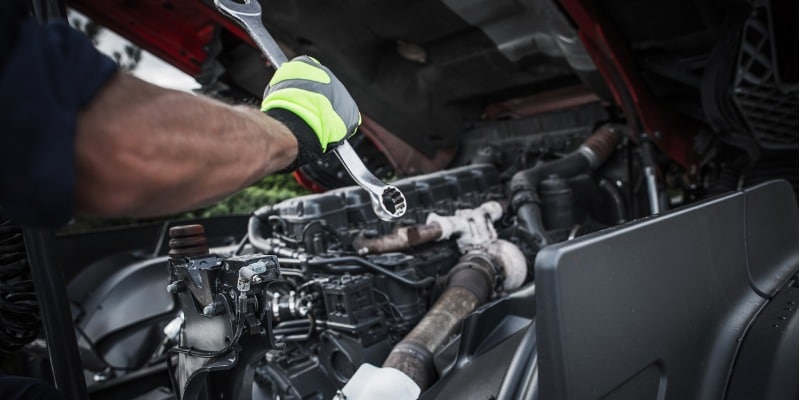Hand Cranks, Spring Powdered, & Gun-Powder
Karl Benz is honoured for being the first inventor to make the first motorized vehicle in 1885 – 1886. It utilized a stationary gasoline, two-stroke engine and it ran the first time in 1879, on New Year’s Eve. In the teens of the 1900’s, the making of vehicle motors persisted.
In the 1900s, hand cranks were commonly used. It utilized a device or a crank to initiate the process of internal combustion. Through repeated rotation or the turning movement of the crank, the engine would start and function independently. Once ready, the crank would be removed. However, the limitations to these mechanisms stemmed from the intense physical agility it required, and the harmful risks it afforded from unexpected engine kickbacks.
Other motor starter types included spring-powdered and gun powder devices. Spring-powdered systems resembled hand cranks in the movements that had to be used to start engines. It required a winding action where the spring tension would start the engine. A gunpowder device operated similarly to a shotgun. With this, cordite was used to fill a blank shell into a combustion chamber. Once discharged, the explosion would turn the engine over.
Electric, Pneumatic & Hydraulic Starters
While hand cranks, spring-powdered, and gunpowder starters were being used. Other mechanisms were being created simultaneously. These included electric vehicle motors. In 1903, as the founder and inventor of the first electric motor, Clyde J Coleman patented this invention.
In 1911, Charles Kettering and Henry Leland, members of the Dayton Engineering Laboratories Company (DELCO), were granted a patent for an electric starter that eliminated hand cranking. Later in 1912, these electric starters were installed in Cadillac vehicles. Over time, the electric motor began to lead the market.
Other types of starters that surfaced included pneumatic starters, which operated using a combination of gas and air. Hydraulic starters were also invented. These used a hydraulic pump to transform motorized power into fluid or hydraulic power.
New Engine Technology
Since its initial invention, vehicle starters have evolved tremendously. Today, they have become far less complicated, offering drivers options such as keyless entry and remote start with the use of advanced technology and computerization. Applications such as “SmartStart” on smartphones have been designed. These provide drivers with easy access to their vehicle. It also offers the ability to start their vehicles effortlessly by merely pushing a button on their phone. Other new engine technologies involve eco-friendly options that improve fuel efficiency. Overall notable advances in motor starter types have surfaced and continue to advance impressively.
Are you interested in starters and alternators? Elreg is a distributor of rotating electrical components. For all of your starter and alternator needs, contact Elreg today!
References:
https://www.daimler.com/company/tradition/company-history/1885-1886.html
http://www.crankshift.com/history-starter-motor/
https://www.roadrunner-starters.com/pages/starter-motors-a-brief-history-lesson
https://www.mobilehydraulictips.com/what-is-a-hydraulic-starter/


